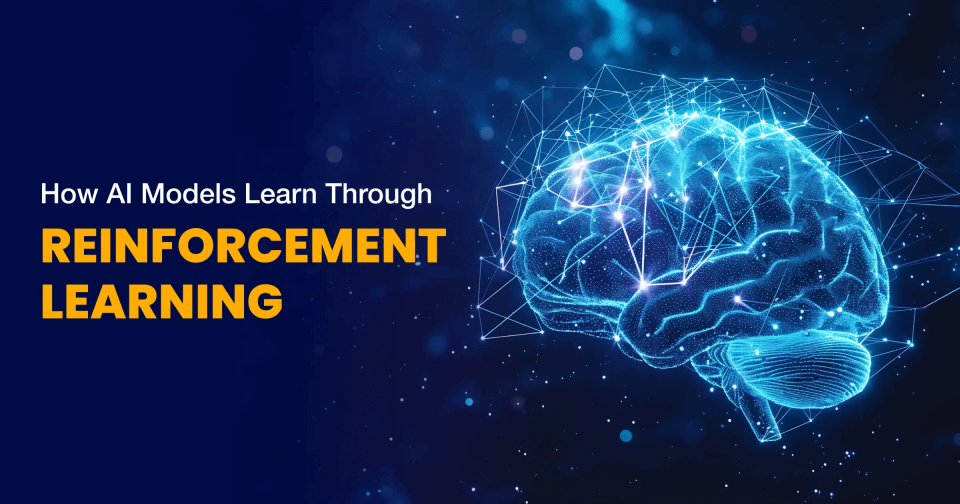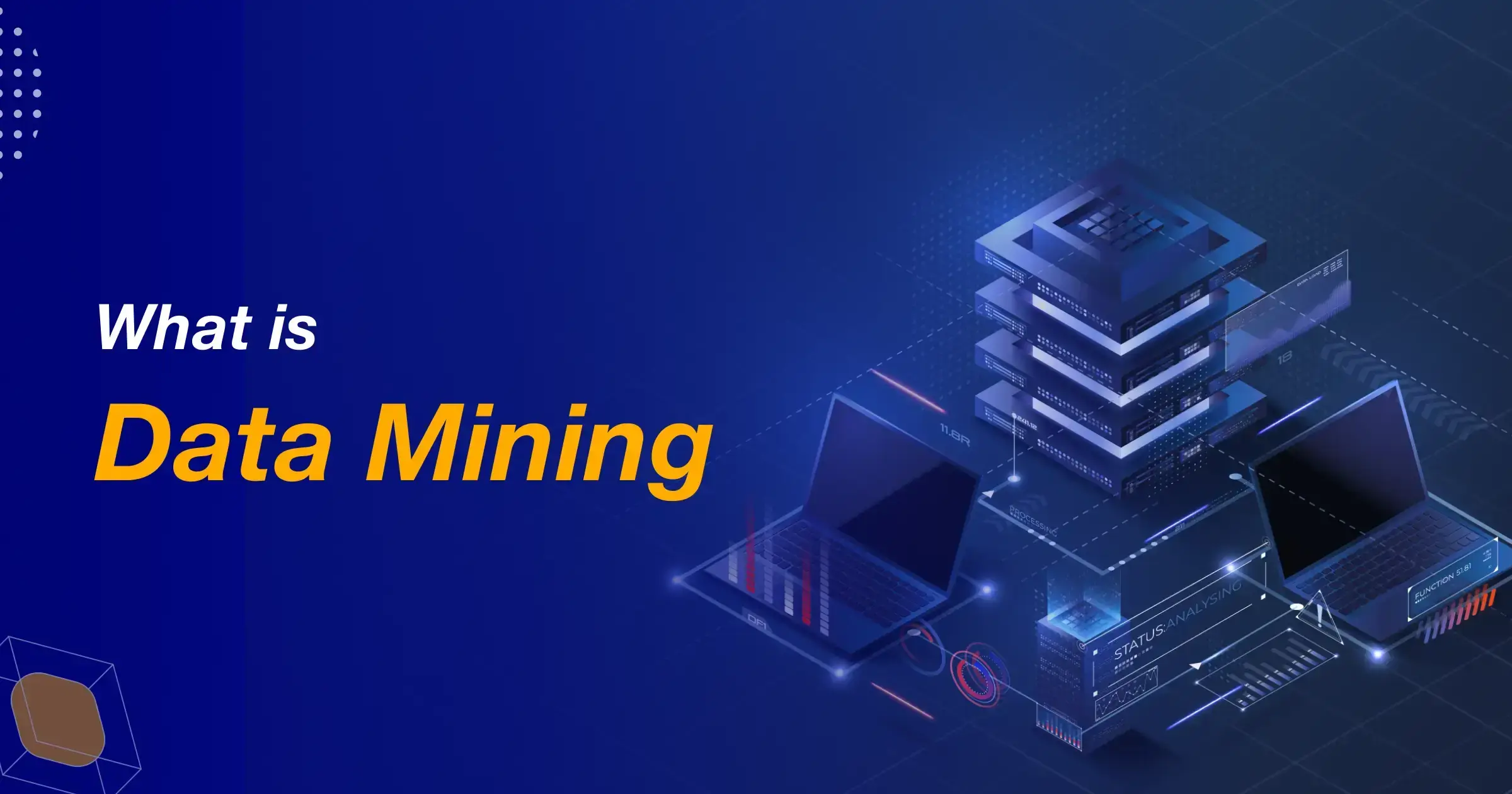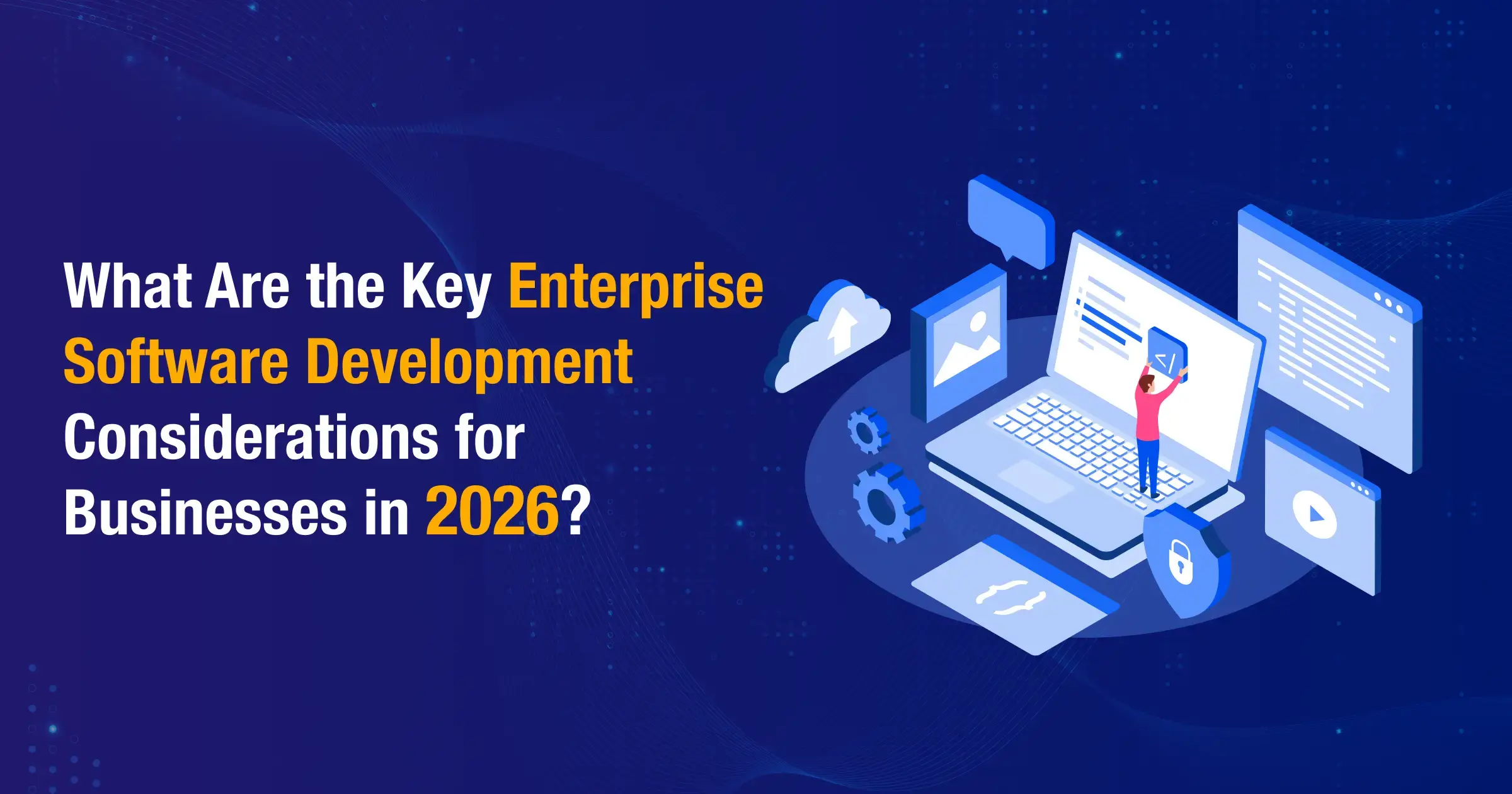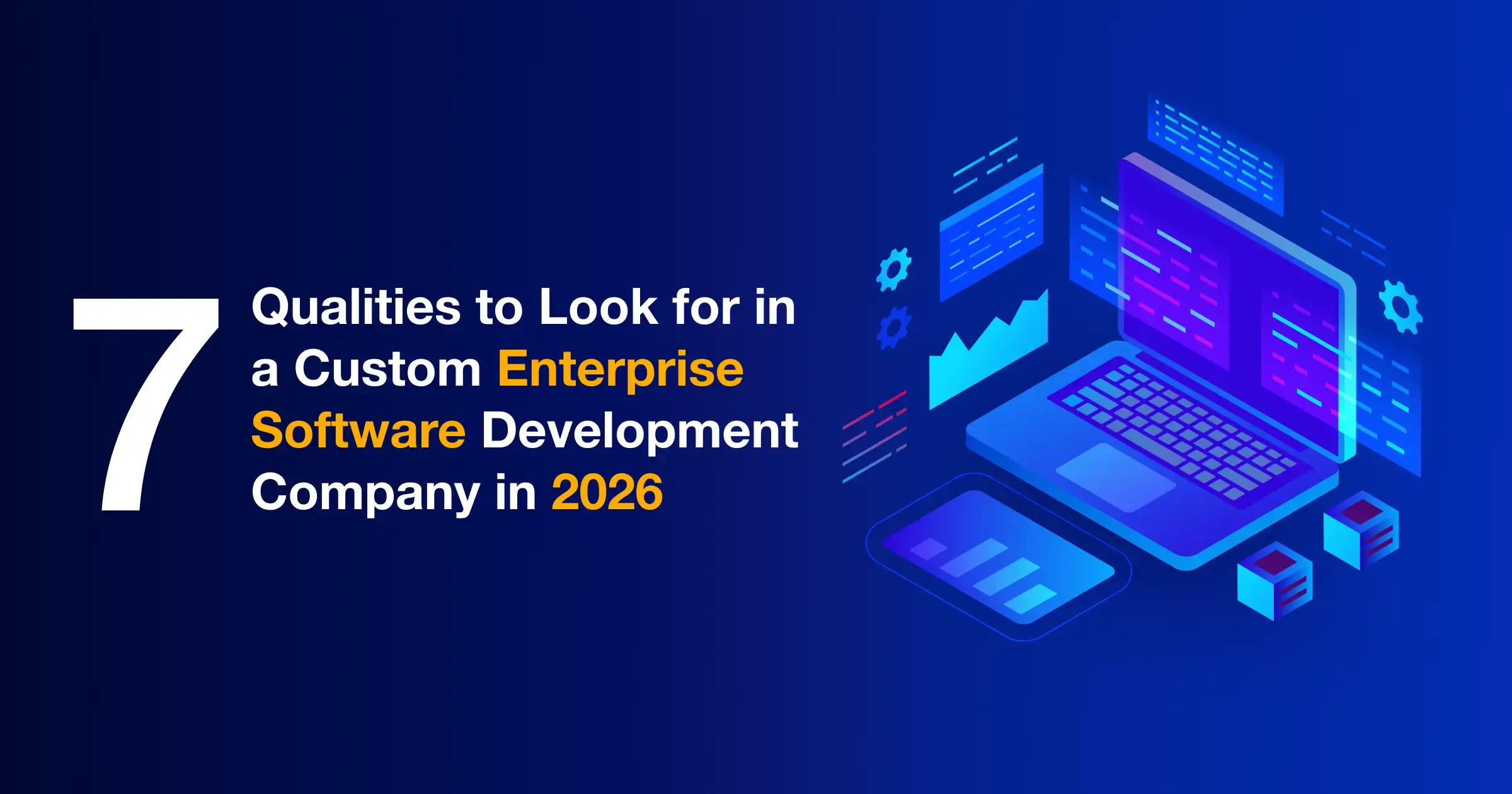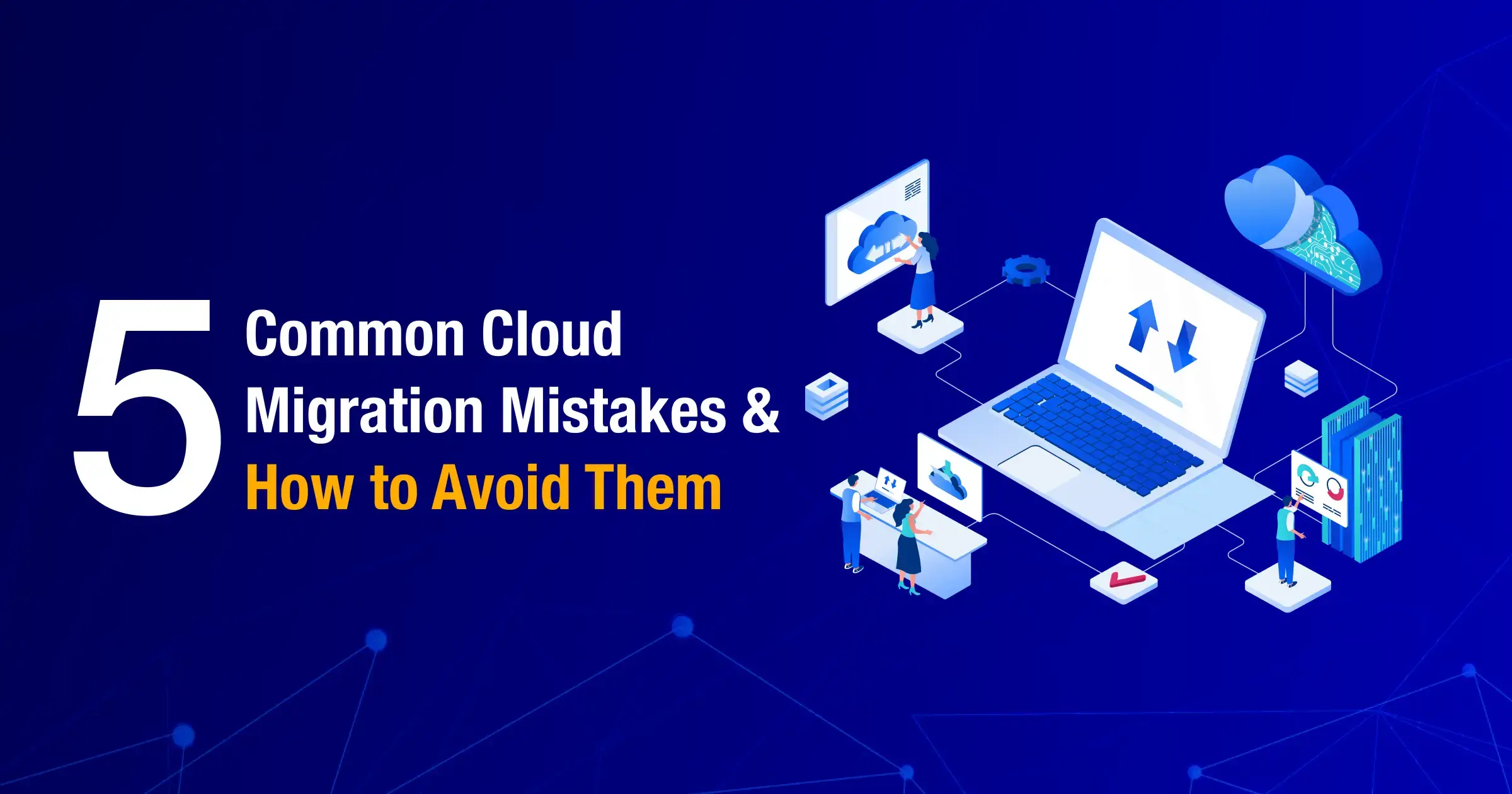
AI models learn through reinforcement learning (RL) by interacting with the environment and learning how to execute tasks through feedback. They try new things out, see what works well within the given situation, and then improve over time. For every action they take, they constantly receive feedback (rewards or penalties) and eventually figure out the best way to reach a goal. It is pretty much like how people learn from experience, but the only difference is that AI models do that at a much faster scale.
Key Insights
- Artificial intelligence models learn by performing tasks, improving decisions through constant feedback using reinforcement learning (RL).
- RL trains models through trial and error, rewards, and feedback inside virtual, simulated environments.
- Core steps include environment design, reward shaping, policy learning, and iterative testing.
- RL helps models adapt in customer support, logistics, finance, and robotics use cases.
- There are some key challenges with RL, which include high compute cost, data needs, reward design, and explainability.
- With the right setup, RL-trained AI/ML models become smarter over time and deliver real business value.
Why You Should Care About How AI Models Learn
AI models move beyond just being an advanced concept but rather a working model with numerous possibilities for businesses. Many organizations have already made use of artificial intelligence services for a variety of operations from automating processes to making smart decisions backed by data.
Once you set your goal, these models start to act on their own, and over time, they just get better at what they are doing.
But here's the thing. How these models learn, and how it shapes what they can do for your business.
Some models are built using fixed rules, while others are trained to think and act as per the situation. Here comes reinforcement learning, a method of training AI models based on feedback.
If you're exploring how these models can impact your business, keep in mind that the type of learning they undergo can make a significant impact on outcomes.
What is Reinforcement Learning (RL)?
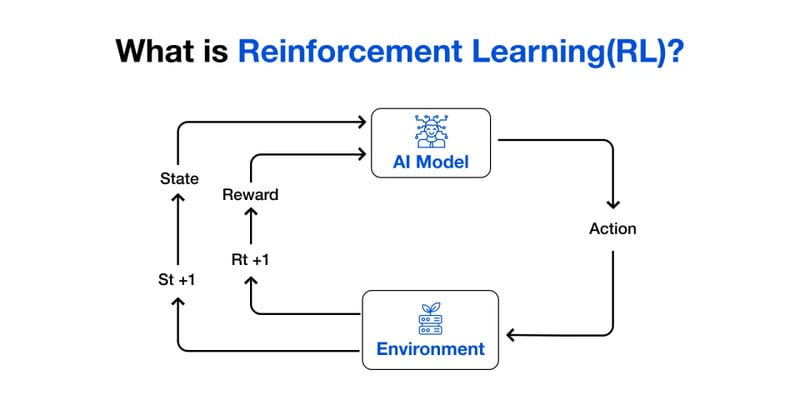
Reinforcement learning is a method to teach machine learning models on how to make decisions by exposing to a new environment. But the interesting thing is they do not get a list of instructions. Nobody tells them exactly what to do. Instead, they learn by doing new things and receiving feedback.
Imagine teaching a child to ride a bicycle. You let them try as they wobble and fall, then get back up. Each try gives them feedback on which is right or wrong.
Eventually, they balance and ride smoothly with time, and this is exactly what reinforcement learning is. A similar process is used in a different setup for teaching the models, and importantly, it is done at machine speed and on a much larger scale.
How Reinforcement Learning Works

Reinforcement learning involves a series of steps in training AI models to learn from feedback.
Environment Design
For effective training, ML algorithms need a virtual space to learn, which is called the environment. In other words,they start working in a situation. The situation can be anything like an intelligent chatbot interacting with customers or a robot navigating a warehouse.
The environment is a controlled setting where the model explores, makes decisions, and sees the results of those actions. The design of this environment needs to be better which helps learning become more effective.
- Sets the stage for learning through trial and error
- Mimics real-world tasks or business situations
- Helps control variables and measure progress
Reward Shaping
Next comes the most important part, which is deciding what exactly is success. This is done through rewards. If the model does something useful, it gets a reward, and if it does not perform as desired, it gets nothing or a small penalty.
This is called feedback and this is what helps the AI model learn through experiences. It keeps track of what worked and what did not, and as time goes, it uses that memory to make smarter choices next time.
But you have to be careful here because the reward system must guide the model toward the right kind of behavior.
Over time, the AI model gets better and starts to understand which actions lead to better outcomes.
- Defines the goals the model should aim for
- Encourages actions that lead to business value
- Prevents the model from learning shortcuts that hurt long-term outcomes
Policy Learning
As the AI model keeps interacting with the environment, it starts forming a strategy, which is called a policy. It is the way the model decides what to do in each situation.
In the beginning, the policy is random because the model is just guessing. But as it learns, it fine-tunes this strategy and starts making better choices. This process is known as policy optimization.
- Builds decision logic through experience
- Continuously adjusts based on what works
- Becomes more reliable and efficient over time
Exploration and Exploitation
AI models constantly try to balance between exploration and exploitation. Should the model try something new that it hasn’t done before? Or should it stick to what already works? If it only sticks to what it knows, it may miss better options. But, on the other hand, if it explores too much, it might make new mistakes. So, the challenge here is to maintain balance between these two methods.
- Tries new actions to uncover better strategies
- Uses proven actions to get consistent results
- Balances both to improve learning and output
Simulated Iteration
This is an important step as an AI model does not just try things once or twice but runs through the same situation thousands or even millions of times. And it does this inside a simulated environment. So, there is no real-world risk, which allows you to train the model before releasing it in the real environment. This repetition helps the model improve fast, much faster than any human ever could.
- Enables rapid, safe learning through trial
- Speeds up development without affecting operations
- Allows deep testing before deployment
Reward engineering
It is a crucial step where you define what success looks like in a way that machines understand. This is highly different for every business, which is purely based on their operations.
For example, let’s say you are training an ML model for customer support. Now you have two options to define what is reward:
- Closing the ticket with better TAT
- Solving the problem and making the customer happy
The way you shape these rewards directly impacts how the model behaves. All this learning does not happen in the real world right away. As we already know, models usually train in a simulated environment first, which means they get to fail a lot without any real consequences.
They can run thousands or even millions of trial runs in a short span of time, as a result, it gets better over time.
The role of reinforcement learning is not just about teaching a machine to reach the goal but about training it to behave in ways that align with your goals.
Reinforcement Learning Use Cases
Let’s discuss about where reinforcement learning actually makes a difference in the real world as many businesses can unlock immense potential.
Customer Support

AI models trained through reinforcement learning are highly supportive in customer support. Through RL, these models are trained to decide when to solve issues on their own and when to escalate to a human.
They typically learn from past conversations, outcomes, and mainly, feedback. Over time, they become capable of handling complex tasks in real-world situations.
They also start recognizing patterns that go to the level of analyzing customer responses, underlying issues, customer’s past behavior, and many factors. This makes them more helpful as they interact with customers on a much deeper level than giving fixed, generic answers.
Warehouse Robotics
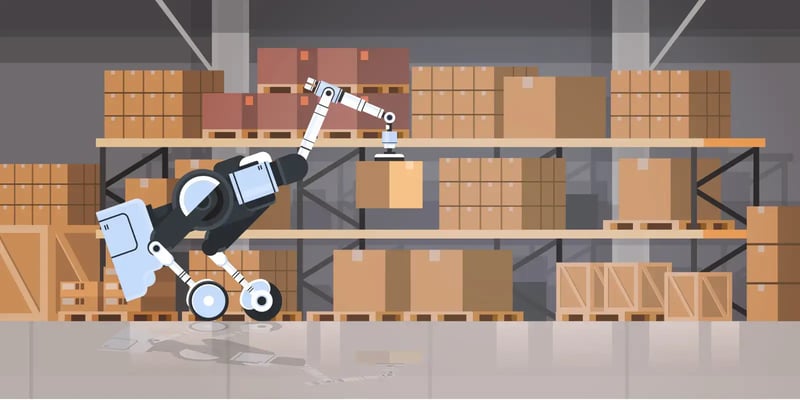
AI models have greater application in businesses where physical work is paramount like the ones in automotive and manufacturing industries. In warehouses, RL-trained robots learn how to carry out physical tasks more efficiently and navigate easily through dynamic spaces.
These are not static environments because with inventory shifts, aisles getting blocked, and new layouts are tested now and then, RL-trained AI models play a pivotal role in robotics and surpass traditional automation that struggles with change.
But AI models trained through reinforcement learning adapt quickly as they learn the best routes, avoid collisions and get smarter with every trip or experience.
Financial services

Financial sector has huge scope for artificial intelligence services implementing models trained through reinforcement learning. As the field is critical and most of the operations require a high level of accuracy, reinforcement learning facilitates AI models to learn over time to be more accurate and precise.
Think about portfolio management, for example, where the models learn how to adjust asset allocations based on market trends, risk levels, and performance feedback.
Without just following a fixed set of rules, they update their strategies in real time and identify the best possible ways to achieve the goal faster without wasting much resources. This helps financial firms respond to volatility in smarter ways.
Supply chains

Supply chains are highly optimized through intelligent models trained through reinforcement learning. In complex logistics networks, where small decisions can have massive ripple effects, RL-trained models help with things like delivery routing, load balancing, demand forecasting, and many others. They learn how to make better decisions as they constantly test and improve their choices in a simulated environment.
What are the Challenges in AI Models’ Reinforcement Learning
Despite innumerable benefits, AI models trained through RL come with some critical challenges, which need to be addressed in order to make the models accurate, adaptive, and fast.
High Computational Costs
To train a model with reinforcement learning, it takes a lot of processing power because the models perform millions of trial runs in simulated environments. This implies large volumes of data and repeated calculations, which require long training hours. For small or even mid-sized enterprises, this can be a heavy lift, so you need to plan for it and know what’s worth the investment.
- Requires access to high-performance computing
- Involves long training times during early stages
- May increase cloud or infrastructure costs
- Needs monitoring to avoid overuse of resources
An efficient way to address this is by using cloud-based training environments that scale on demand and optimize compute usage with batch training.
Data Efficiency Concerns
Reinforcement learning often needs large datasets to perform well. The model learns by repeating actions and observing outcomes. But the problem here is that many business environments may not have enough real-world data, nor can they afford to simulate endless trials, which makes it harder to apply RL in low-data settings.
- Needs large volumes of interaction data
- Struggles in data-scarce environments
- Takes time to learn useful patterns
- Can delay time-to-value in early phases
The best way is to start with pre-trained models or use offline data to reduce the need for excessive trial runs.
Reward Misalignment
As we already know, rewards play an important role in deciding and shaping an AI model’s behavior. In other words, the reward system is directly proportional to the model’s behavior. If the reward system is poorly designed, it brings the problem of incorrect learning by the model. It might chase short-term wins or find loopholes, but in the long term, it can lead to unexpected results that hurt your goals.
- Poor rewards lead to bad behavior
- Models may exploit loopholes in goals
- Short-term rewards may override big-picture value
- Needs ongoing tuning to align with business outcomes
So, it is important to collaborate with domain experts and define and fine-tune reward signals that reflect real business value.
Explainability and Audit Trails
With custom machine learning services usage increasing, many businesses require AI to explain why it took certain decisions, which is highly critical in regulated industries. But reinforcement learning models are often like black boxes. It is hard to see why the AI model chose a specific action and based on what things. That makes it harder to trust the system without added layers of transparency.
- Hard to explain why decisions are made
- Difficult to trace learning paths or logic
- May raise concerns in regulated sectors
- Needs tools to create clear audit logs
To address this, you can integrate explainability tools and logging frameworks, which help you track model decisions and learning paths.
To Sum Up
Reinforcement learning is essentially changing how AI models grow and adapt, as it brings a fresh way of thinking about automation. With this, every decision of AI models can be improved, which opens up new possibilities for businesses across industries. You can now build intelligent systems that respond to real-world change – importantly, without constant human oversight.

